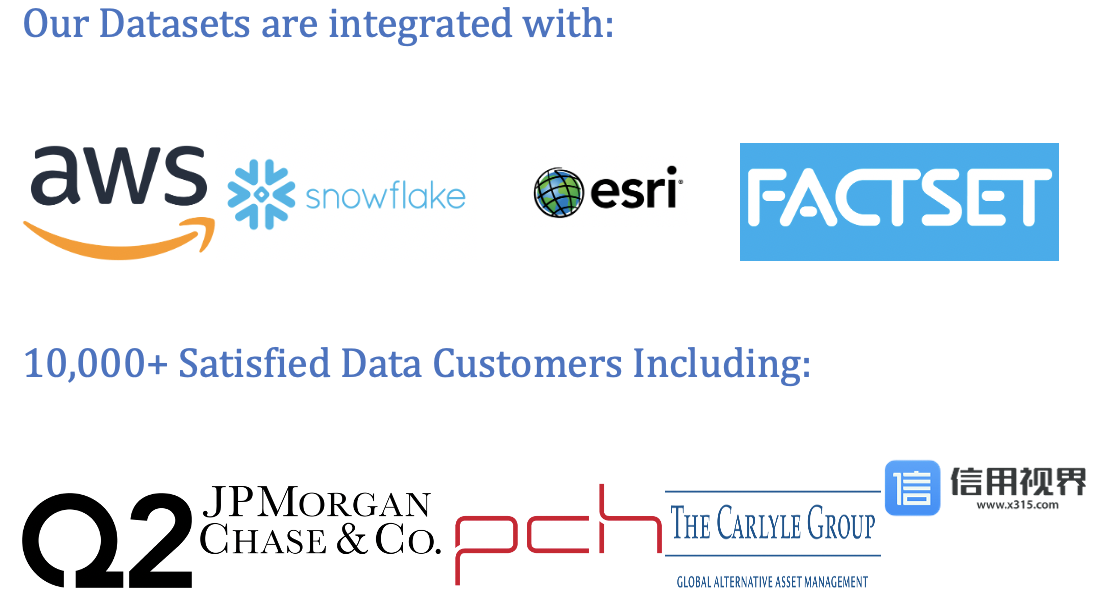
Top Video Game Player Behavior Data Providers
Understanding Video Game Player Behavior Data
Video Game Player Behavior Data is essential for game developers, publishers, marketers, and researchers to understand player engagement, optimize game design, and enhance player experiences. It enables stakeholders to analyze player behavior, identify trends, and make data-driven decisions to improve game mechanics, content updates, and monetization strategies. By leveraging Video Game Player Behavior Data, developers can create more immersive, engaging, and enjoyable gaming experiences tailored to the preferences and interests of players.
Components of Video Game Player Behavior Data
Key components of Video Game Player Behavior Data include:
- Gameplay Metrics: Quantitative data on player actions, interactions, and performance metrics within the game, including playtime, session duration, levels completed, achievements unlocked, items collected, and in-game currency earned/spent.
- Social Interactions: Data on player interactions within the game community, including chat messages, friend requests, guild memberships, team formations, multiplayer matches, and player-generated content (e.g., user-generated levels, custom skins).
- Monetization Data: Information on player spending behavior, including in-game purchases, microtransactions, virtual goods sales, subscription plans, and advertising interactions, providing insights into player spending habits and revenue generation opportunities.
- Progression Tracking: Records of player progression through the game, including character progression, skill development, quest completion, story advancement, and leaderboard rankings, used to assess player retention and engagement.
- Player Feedback: Qualitative feedback from players, including surveys, reviews, forum posts, and social media comments, providing insights into player satisfaction, preferences, and suggestions for game improvements.
Top Video Game Player Behavior Data Providers
- Leadniaga : Leadniaga offers advanced analytics solutions for Video Game Player Behavior Data, providing game developers, publishers, and marketers with insights into player engagement, retention, and monetization. Their platform integrates player behavior data from various sources to optimize game design, personalize player experiences, and maximize player satisfaction.
- Player Research: Player Research is a user experience research company specializing in player behavior analysis and player feedback studies for video games. They offer playtesting services, usability testing, and player surveys to help developers understand player preferences, identify usability issues, and improve game usability.
- GameAnalytics: GameAnalytics provides analytics tools and player behavior tracking solutions for game developers, offering insights into player behavior, game performance, and monetization metrics. Their platform enables developers to analyze player engagement, optimize game mechanics, and implement data-driven improvements.
- PlayFab: PlayFab, a subsidiary of Microsoft, offers backend services and player behavior analytics tools for game developers, providing player data management, real-time analytics, and engagement automation features. Their platform helps developers analyze player behavior, segment player populations, and personalize player experiences in real-time.
- DeltaDNA: DeltaDNA offers analytics and player engagement solutions for game developers, providing insights into player behavior, game performance, and monetization strategies. Their platform enables developers to optimize game design, implement targeted marketing campaigns, and improve player retention through data-driven insights.
Importance of Video Game Player Behavior Data
Video Game Player Behavior Data is essential for stakeholders in the following ways:
- Game Design Optimization: Informs game design decisions, content updates, and feature enhancements based on player feedback, engagement metrics, and gameplay analytics, resulting in more enjoyable and immersive gaming experiences.
- Player Retention: Identifies factors influencing player retention, churn rates, and player dropout points within the game, enabling developers to implement retention strategies, improve onboarding processes, and enhance player progression paths.
- Monetization Strategies: Guides monetization strategies, pricing models, and in-game economy design by analyzing player spending behavior, purchase patterns, and virtual goods preferences to maximize revenue generation while maintaining player satisfaction.
- Community Building: Facilitates community building, social interactions, and player engagement by analyzing player social networks, community forums, and multiplayer interactions to foster a vibrant and supportive game community.
Applications of Video Game Player Behavior Data
Video Game Player Behavior Data finds application in various contexts, including:
- Player Segmentation: Segments players based on behavior patterns, preferences, and engagement levels to target specific player segments with personalized content, promotions, and retention incentives.
- A/B Testing: Conducts A/B testing experiments to evaluate the impact of game changes, feature updates, and monetization adjustments on player behavior, retention rates, and revenue metrics.
- Predictive Analytics: Predicts player behavior, churn probabilities, and lifetime value using machine learning models trained on historical player data to optimize player engagement strategies and revenue forecasting.
- Player Support: Provides player support teams with insights into player issues, gameplay challenges, and technical issues reported by players, facilitating faster issue resolution and improving overall player satisfaction.
Conclusion
In conclusion, Video Game Player Behavior Data plays a crucial role in understanding player engagement, optimizing game design, and maximizing player satisfaction within video games. With top providers like Leadniaga and others offering advanced analytics solutions, stakeholders can leverage Video Game Player Behavior Data to improve game experiences, increase player retention, and drive revenue growth. By analyzing Video Game Player Behavior Data effectively, game developers, publishers, and marketers can create more immersive, enjoyable, and successful gaming experiences tailored to the preferences and behaviors of players.
Our Datasets are integrated with :



10,000+ Satisfied Data Customers including :








